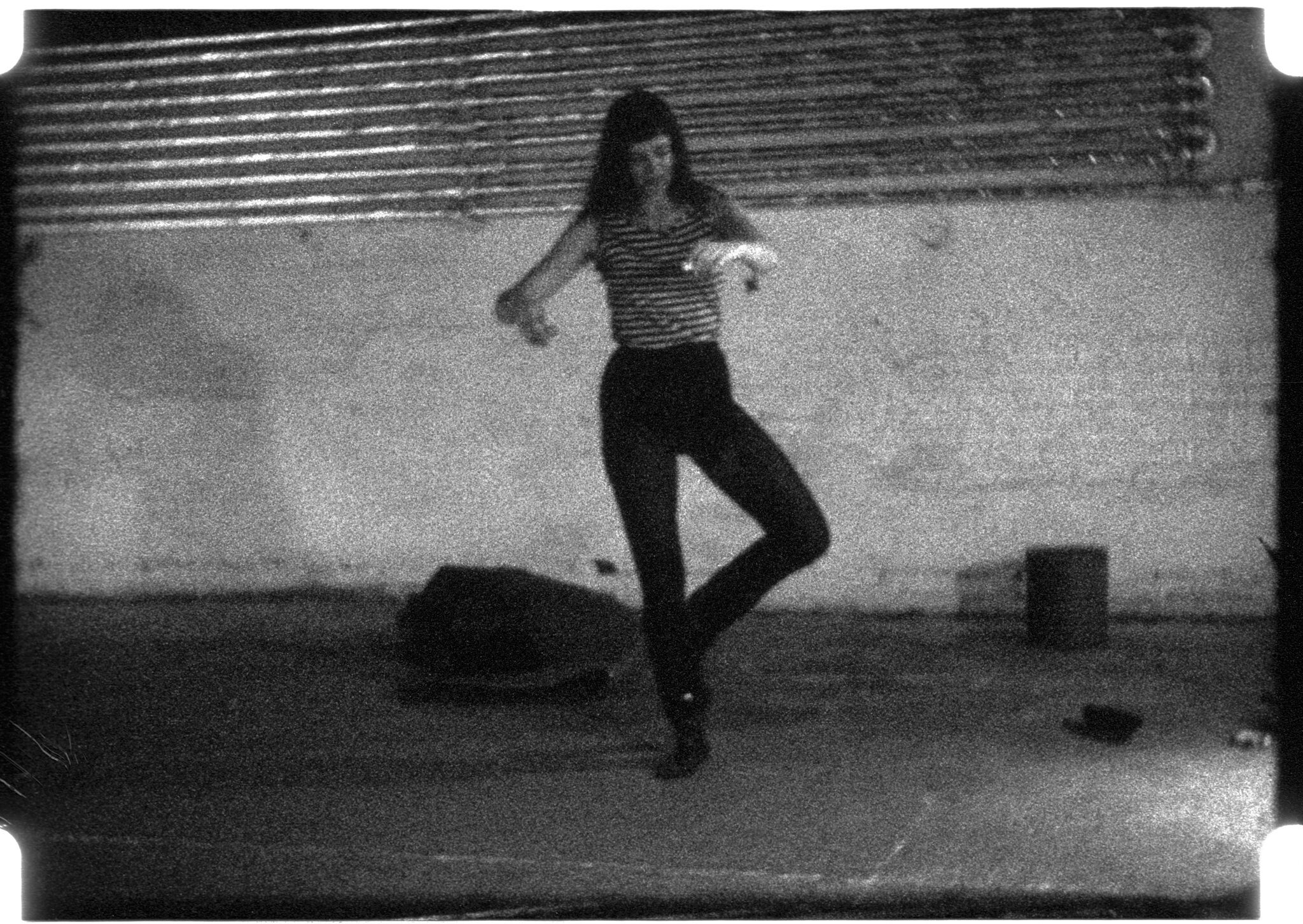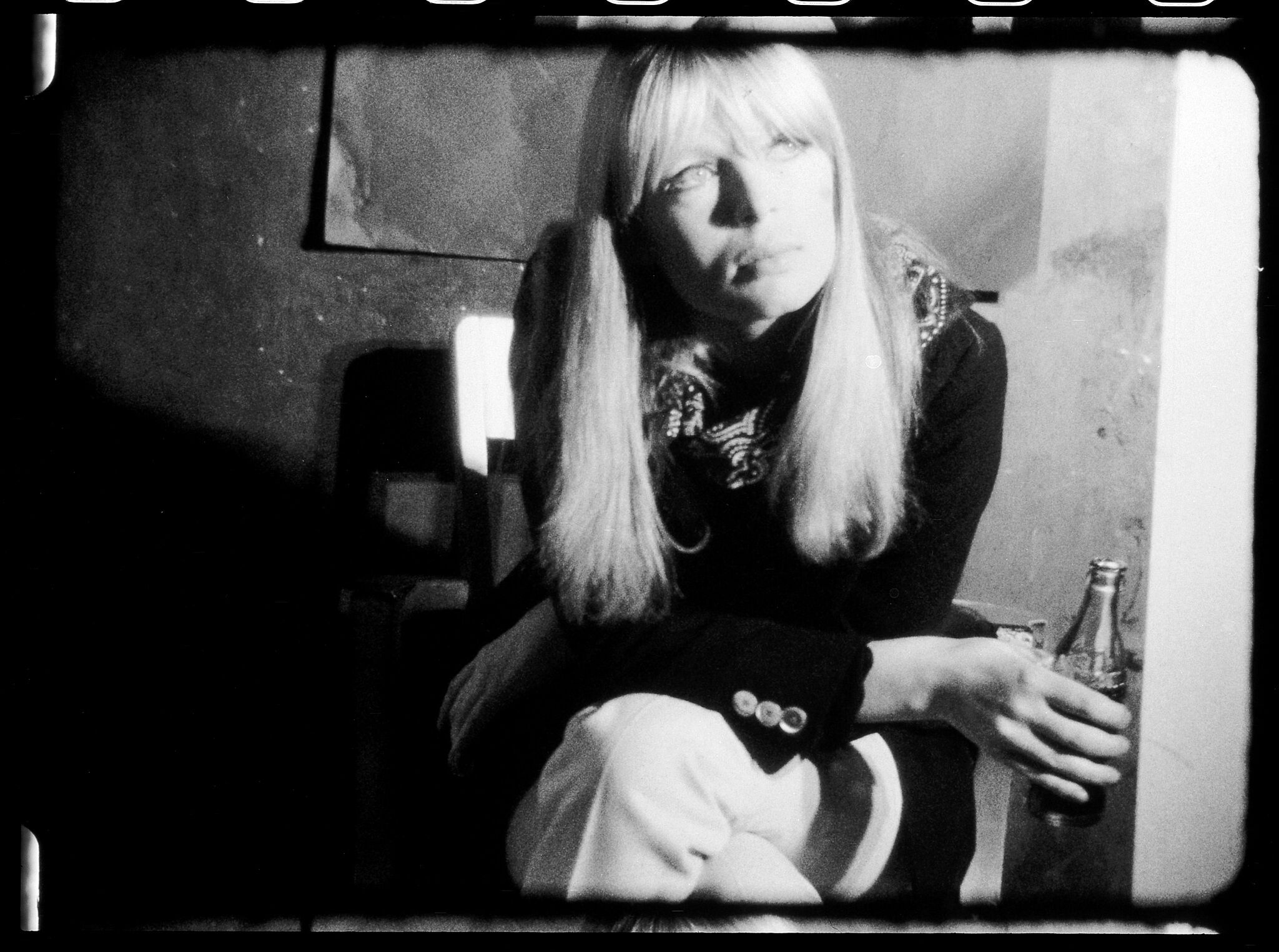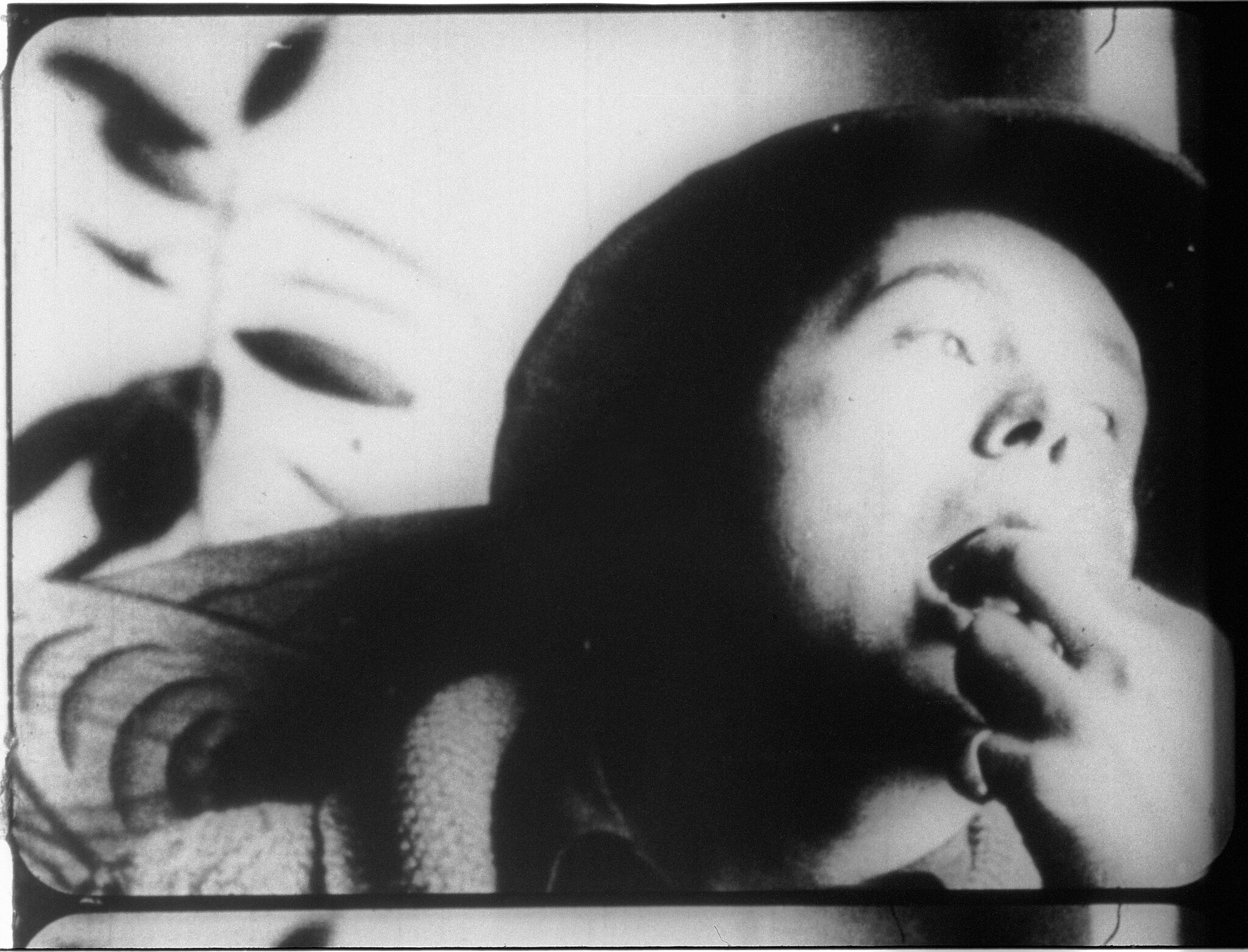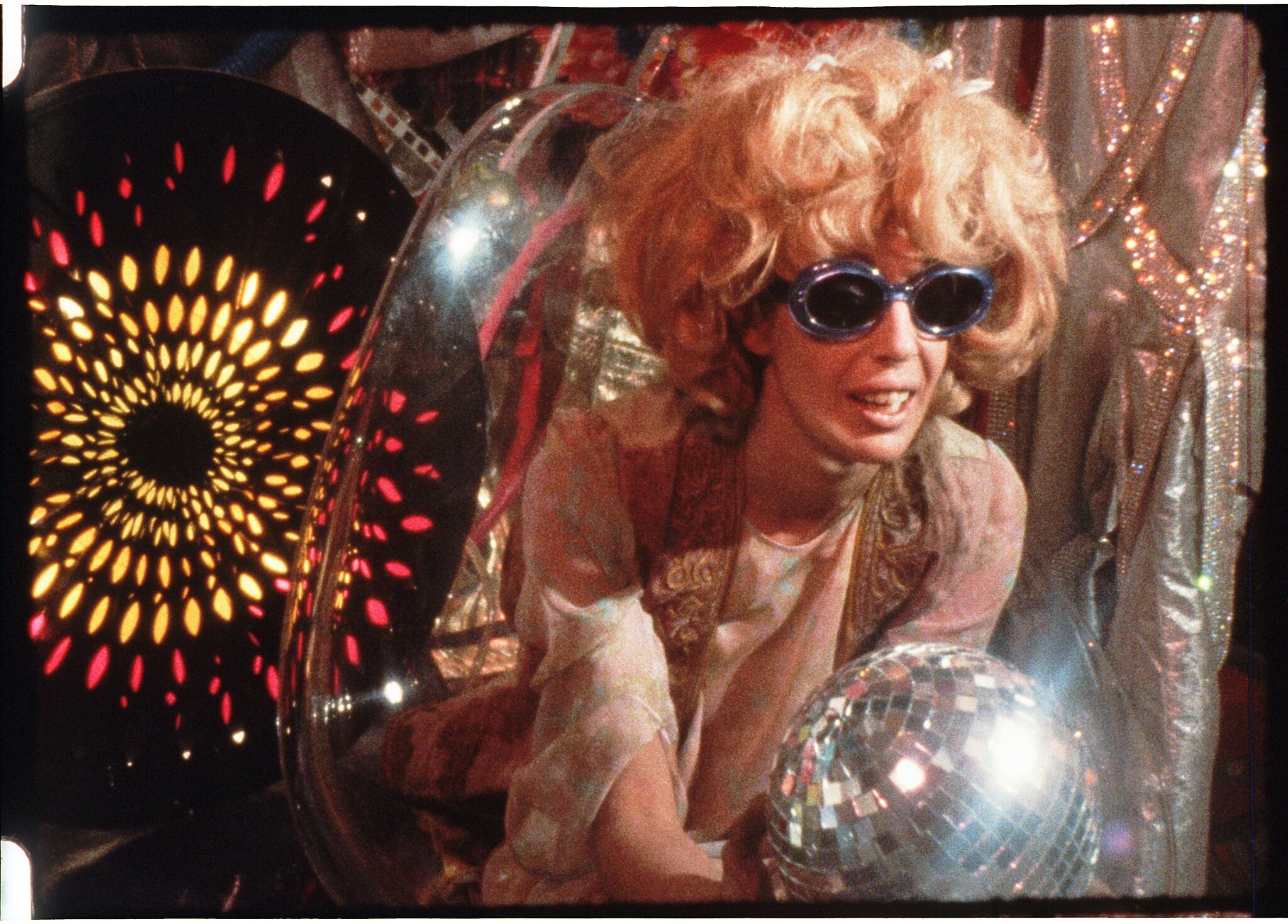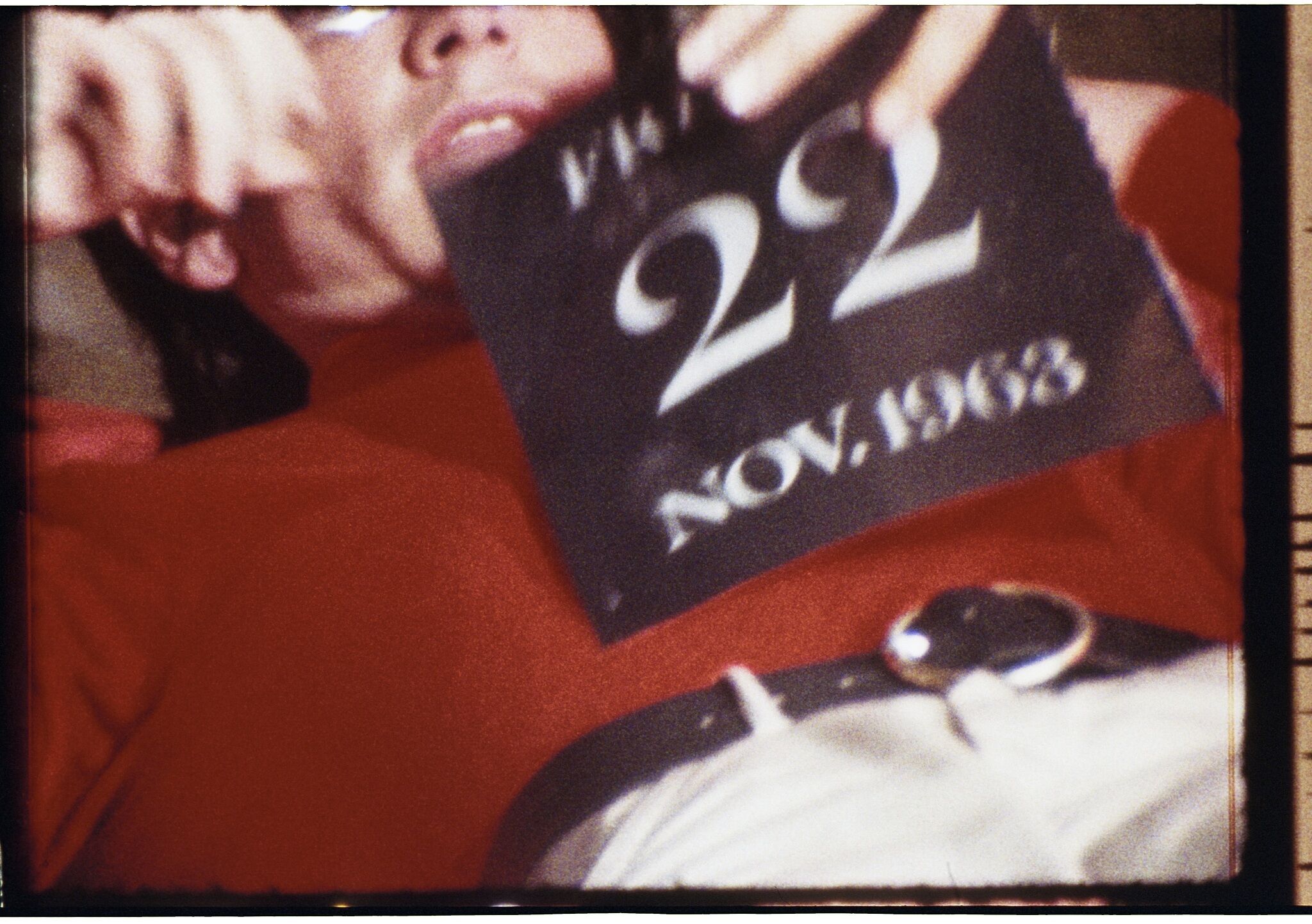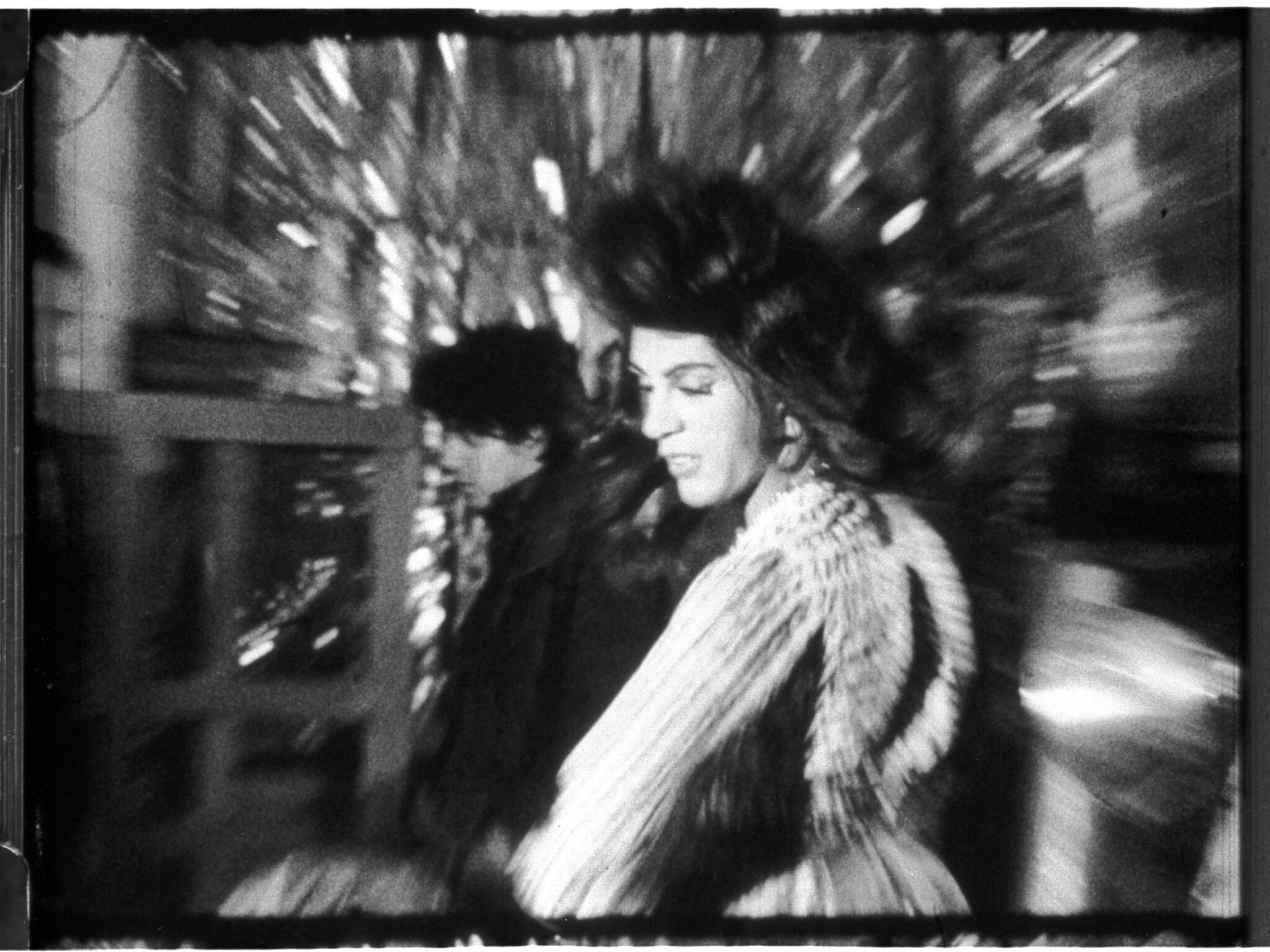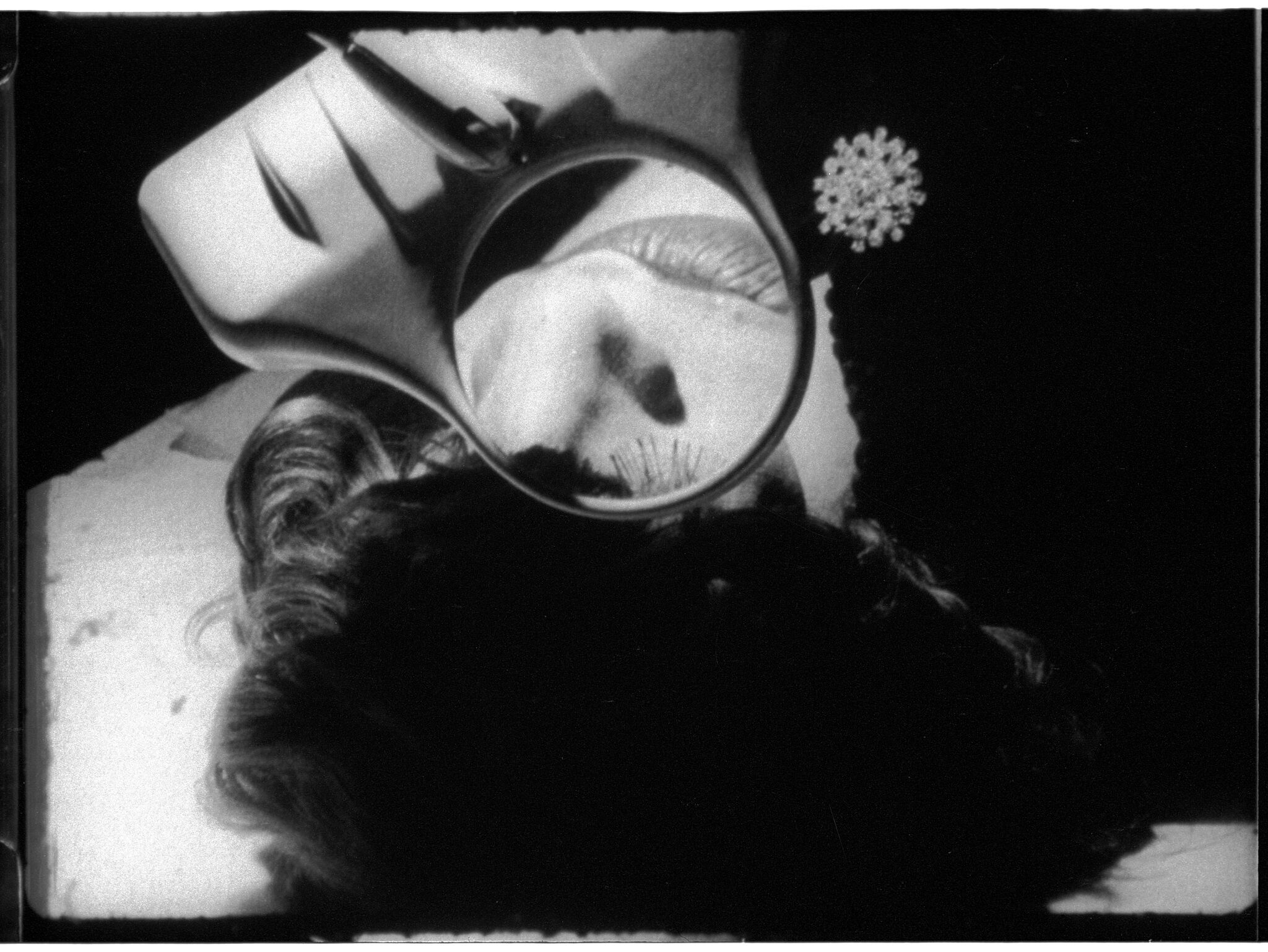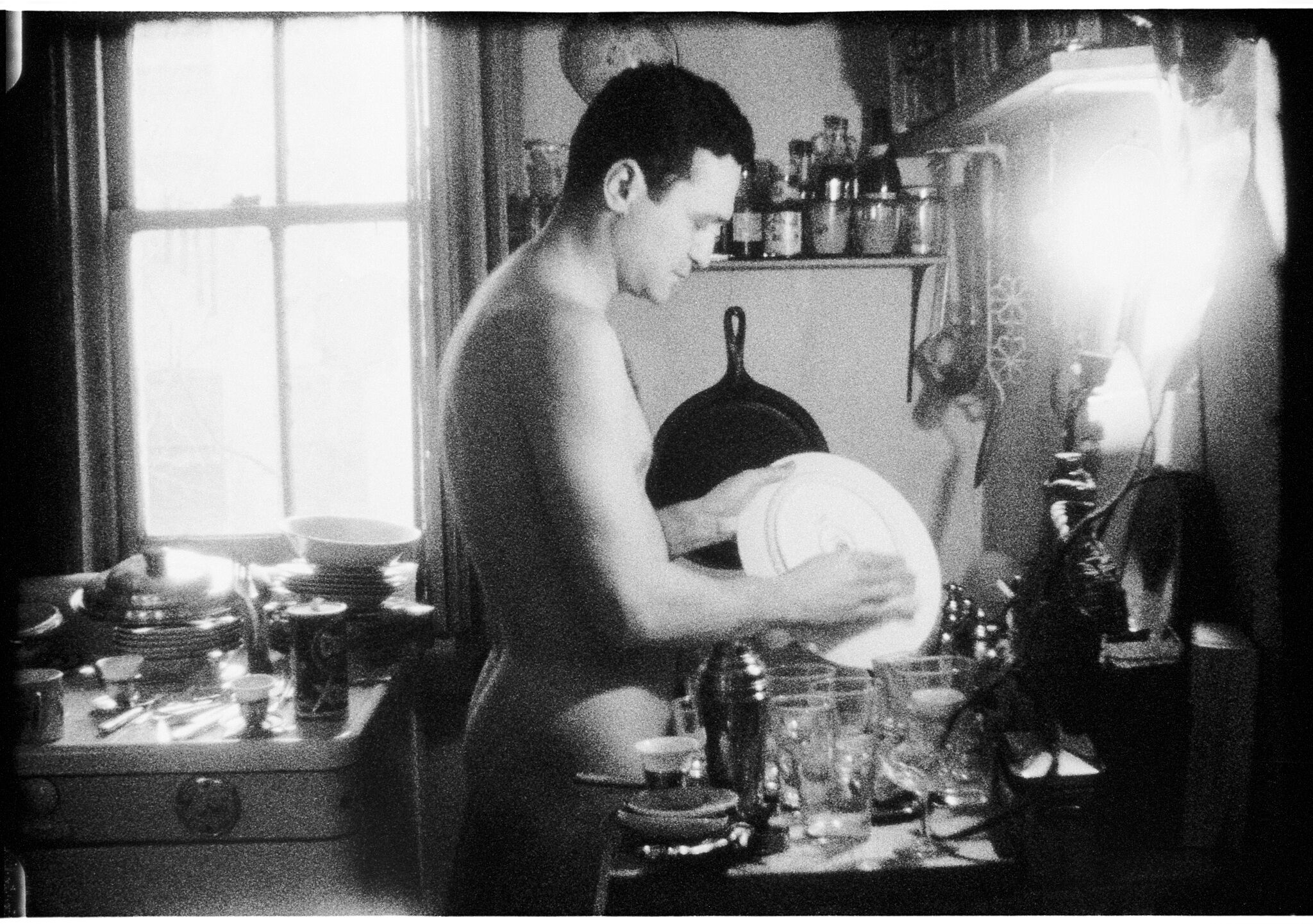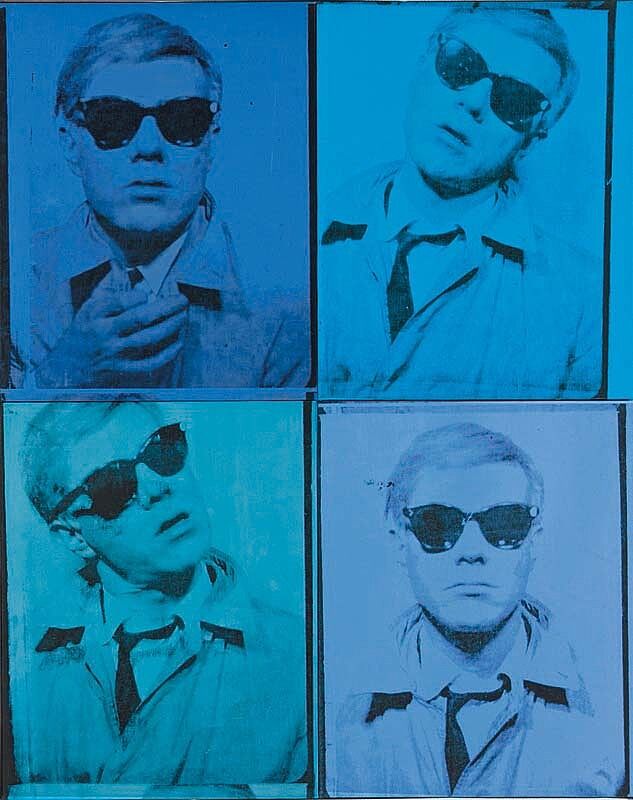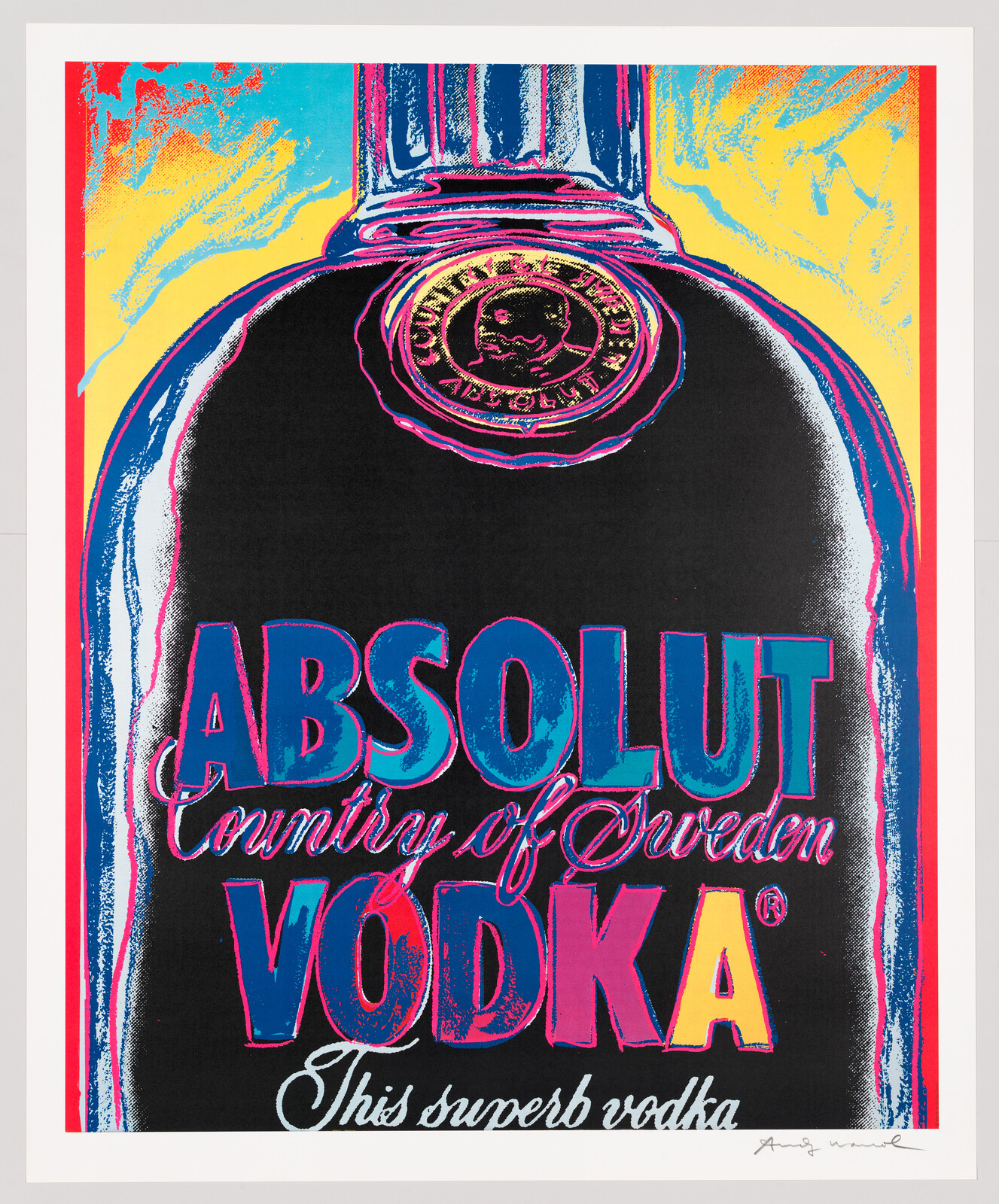Andy Warhol—
From A to B and Back Again
Film Screenings
Andy Warhol—From A to B and Back Again places at its forefront Warhol’s radical reinvention of media, of which his films are an essential component, fundamental to any understanding of the artist’s work of the 1960s and, therefore, his work beyond. This screening program presents a selection of titles, all shown in their original 16mm format, from Warhol’s preserved films and focuses on eight themes in Warhol’s cinematic oeuvre that link directly to his work in other media on view in the Museum’s galleries. By foregrounding the complexity of Warhol’s thinking, this film series highlights how certain singular obsessions migrate through various forms, finally to be worked out on film.
This film program is co-organized with the Andy Warhol Museum, Pittsburgh, and curated by Claire K. Henry, assistant curator, Whitney Museum.
All Warhol film prints courtesy the Circulating Film Library, Department of Film, The Museum of Modern Art.
"Do It Yourself": Warhol as Balletomane
Taking inspiration from the gallery presentation of Warhol’s early drawings featuring dancers, and most significantly, his Dance Diagrams, this program traces how Warhol’s continued obsession with dancers and dance played out in his film work.
Films
Screen Test ST137, Freddy Herko, 1964
Screen Test ST52, Lucinda Childs, 1964
Screen Test ST53, Lucinda Childs, 1964
Shoulder, 1964
Jill and Freddy Dancing, 1963
Jill Johnston Dancing, 1964
Saturday, November 17, 2018
7 pm
Friday, November 23, 2018
2 pm
Commercial/ Commodity
Keenly aware of how the advertising world functioned as a consequence of his commercial work of the 1950s, Warhol brought his preoccupation with advertisements into his film work beginning in 1964 with a series of screen tests featuring prominent product placements.
Films
Screen Test ST147, Jane Holzer (Toothbrush), 1964
Screen Test ST270, Lou Reed (Hershey), 1966
Screen Test ST244, Nico (Coke), 1966
Soap Opera (excerpt), 1964
Saturday, November 24, 2018
7 pm
Wednesday, November 28, 2018
2 pm
Minimalism and Seriality
Warhol embraced the mechanization inherent in the filmmaking process. In films like Empire and Sleep, he allowed the inherent qualities and basic filmic constraints to dictate the aesthetic and dimensions (running time) of his work.
Part I
Sleep, 1963
Saturday, December 29, 2018
3 pm
Sunday, March 31, 2019
7 pm
Part II
Empire, 1964
Saturday, January 12, 2019
1 pm
Saturday, March 9, 2019
1 pm
Part III
Kiss, 1963
Eat, 1964
Blow Job, 1964
Sunday, December 2, 2018
2 pm
"Ladies and Gentlemen": Portraiture in Warhol’s Film
In the screen tests and his other filmic portraits, Warhol was able to accomplish in film that which was simply impossible in other media. By exploiting the film’s durational aspect, Warhol subjected his sitters to the unmitigated scrutiny of the camera, thus provoking attributes of their personality that might otherwise have remained hidden.
Part I
Me and Taylor, 1963.
Poor Little Rich Girl, 1965
Henry in Bathroom, 1963
Joe Jones, 1963
Saturday, December 8, 2018
7 pm
Part II
Tiger Morse (Reel 14 of ****), 1966
Ari and Mario, 1966
Saturday, February 2, 2019
7 pm
Part III
Henry Geldzahler, 1964
Saturday, March 16, 2019
7 pm
"Vote McGovern": Warhol and Politics
The 1960s were marked by media proliferation in both print and television, and saturated coverage of often violent political events (the Cuban Missile Crisis, Kennedy and civil rights leader assassinations). Warhol publicly disavowed any interest in politics, yet turned to political events as subjects for his work, including film.
Films
The Life of Juanita Castro, 1965
Since, 1966
Wednesday, January 16, 2019
2 pm
Saturday, January 26, 2019
7 pm
Queer Performativity
The infamous social space of Warhol’s Factory—and the dramas that unfolded there—were in fact still marginal within the art world in its time. In contrast to the strictly heteronormative and repressive outside world, the Factory was a space in which one could both embody and perform queerness, and nothing was deemed an inappropriate subject for the camera’s scrutiny.
Films
Camp, 1965
Vinyl, 1965
My Hustler, 1965
Saturday, February 9, 2019
7 pm
Wednesday, February 13, 2019
2 pm
Hollywood Stars/Hollywood Types
Casting drag performer Mario Montez as movie sirens Hedy Lamarr and Jean Harlow, or his ideal female and doppelganger Edie Sedgwick as doomed “Hollywood Spitfire” Lupe Velez, allowed Warhol to experiment on film with his idols while exploring ideas of glamour, desire and gender portrayal.
Films
Harlot, 1964
Hedy, 1966
Lupe, 1965
Saturday, February 16, 2019
7 pm
Wednesday, February 20, 2019
2 pm
Interior vs. Exterior/Public vs. Private
During his lifetime, Warhol actively crafted a public persona suggesting that he had little use for intimate relationships. In truth, Warhol had deep and long-lasting friendships and relationships with the people in his circles.
Films
Kenward Elmslie, 1963
John Washing, 1963
Alan Marlowe and Diane di Prima, 1964
John and Ivy, 1965
Outer and Inner Space, 1965
Sunday, March 3, 2019
2 pm
Wednesday, March 6, 2019
2 pm
Andy Warhol Film Project
The Andy Warhol Film Project began in the 1980s when the Whitney Museum and The Museum of Modern Art (MoMA) agreed to collaborate on the largest archival research project in the history of American avant-garde cinema: to catalogue Warhol’s massive film collection, investigate its history, and preserve and re-release all of the films in conjunction with a program of scholarly research and publication. Warhol himself gave his approval to the Whitney’s project and handed over his original films to MoMA for cataloguing and storage in 1984. The joint project was launched publicly in 1988 with the Whitney’s exhibition, The Films of Andy Warhol, and with MoMA’s release of thirteen newly preserved titles.

